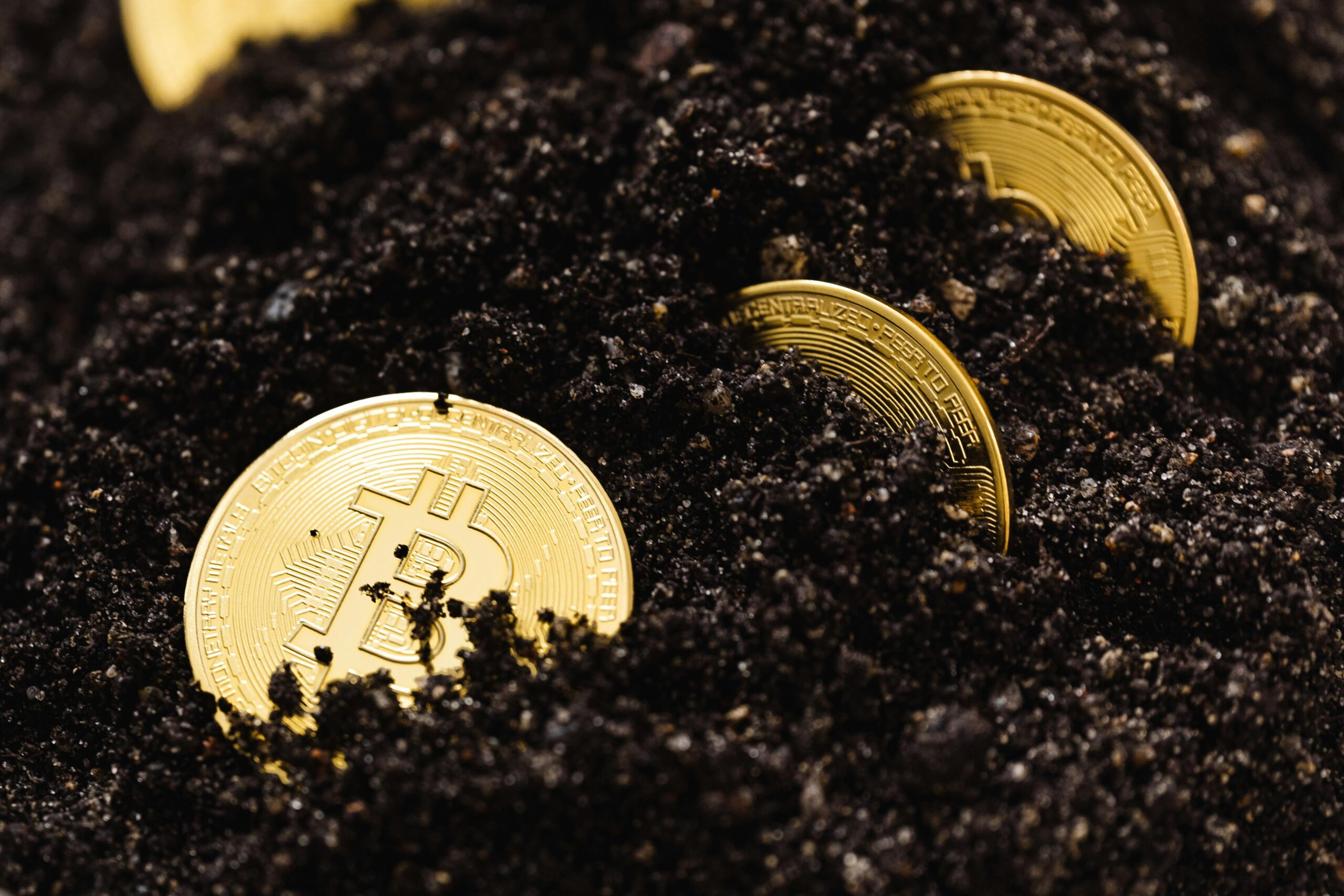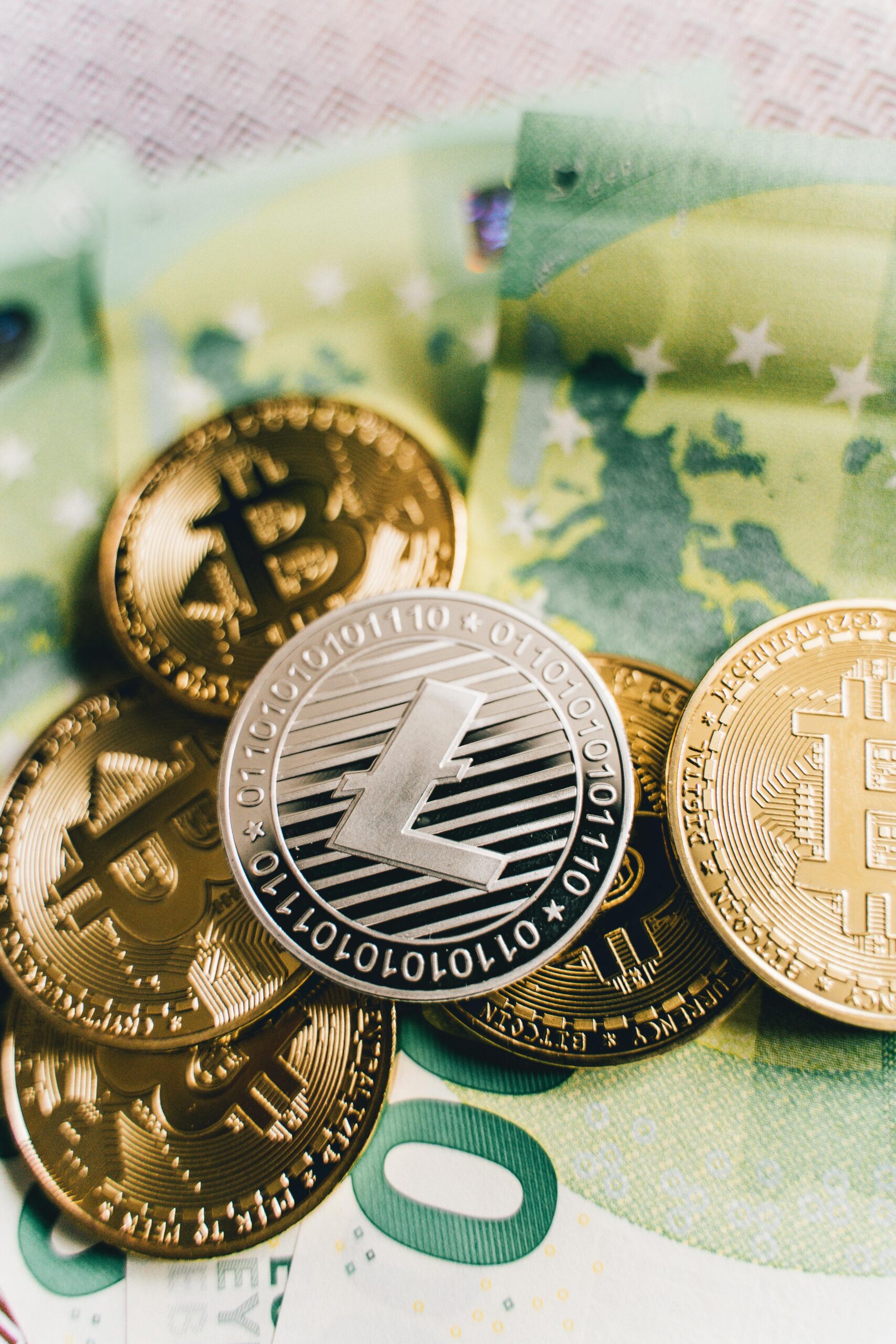
Mining is a crucial concept in the world of cryptocurrency and blockchain technology. In simple terms, mining refers to the process of validating transactions on a blockchain network and adding them to the public ledger, known as the blockchain. This process involves solving complex mathematical puzzles, which requires significant computational power.
To understand how mining works, let’s first revisit the basics of blockchain technology. A blockchain is a decentralized, digital ledger that records all transactions made with a particular cryptocurrency. It’s called a “chain” because it consists of blocks of transactions strung together in chronological order. Each block contains a unique code called a “hash,” which connects it to the previous block, making the chain.
Now, when a new transaction is made, it is broadcast to the network of nodes (computers) on the blockchain. These nodes verify the transaction using complex algorithms and then group it with other transactions in a batch called a block. However, before this block can be added to the blockchain, it needs to be validated by the network.
This is where mining comes into play. Miners use powerful computers to solve a complex mathematical puzzle that requires significant computational power. The first miner to solve the puzzle gets to add the new block of transactions to the blockchain and broadcast it to the network. This process is called “proof-of-work” (PoW), because miners are essentially proving their work by solving the puzzle.
The puzzle itself involves finding a specific hash code that meets certain criteria, such as having a certain number of zeros at the beginning. Miners use specialized computer hardware, such as Graphics Processing Units (GPUs) or Application-Specific Integrated Circuits (ASICs), to perform billions of calculations per second in search of this code.
Once a miner finds the correct hash code, they get to add the new block of transactions to the blockchain and are rewarded with newly minted cryptocurrency coins. This is how new coins are introduced into circulation, and it’s also how miners earn their revenue. The reward for solving the puzzle is currently set at 6.25 BTC (Bitcoin) per block, although this number is halved every 210,000 blocks, or approximately every four years.
The mining process serves several purposes. Firstly, it secures the blockchain network by making it difficult for a single entity to control more than half of the nodes on the network. This prevents a “51% attack,” where an attacker could potentially alter the blockchain and steal coins. Secondly, mining helps to validate transactions and ensure their integrity, as miners are incentivized to verify transactions correctly in order to receive their reward.
However, mining has also been criticized for its environmental impact, due to the massive amounts of energy required to power the computers solving the puzzles. According to estimates, Bitcoin mining alone consumes around 73 TWh of electricity per year, which is comparable to the entire country of Belgium.
In recent years, there have been efforts to develop more sustainable and energy-efficient consensus algorithms, such as proof-of-stake (PoS) or delegated proof-of-stake (DPoS). These algorithms use a different approach to secure the network, relying on validators who “stake” their own coins in order to participate in the validation process. While these alternatives have shown promise, traditional proof-of-work mining remains the dominant method used by most cryptocurrencies.
In conclusion, mining is an essential component of blockchain technology and cryptocurrency ecosystems. It allows for the decentralized verification of transactions, secures the network against potential attacks, and introduces new coins into circulation. However, its environmental impact has raised concerns and sparked the search for more sustainable alternatives.










